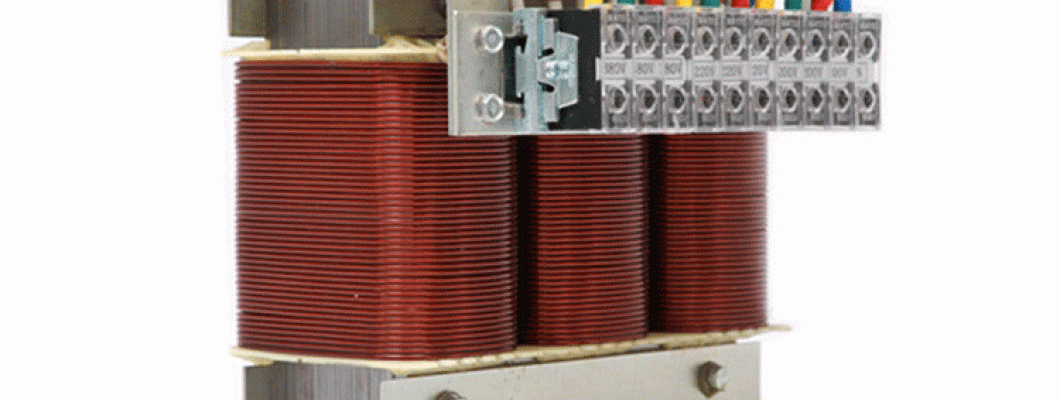28 May


0 Comment(s)
2642
Autotransformer is a kind of electrical transformer with only one winding which is common to both primary and secondary, namely, the primary and secondary windings are directly connected in series and self-coupled.
The transformation ratio of the autotransformer in the step-down starter is fixed, while the transformation ratio of the contact voltage regulator is variable. Compared with general transformers with copper capacity, auto transformers have the following advantages, simple structure, less materials, and small size. The autotransformer is especially economical when the transformation ratio is close to 1, so it is more widely used in high-power transmission transformers with similar voltages. In addition, it is widely used in step-down starters for asynchronous motors above 10 kW.
Advantages
1. Less material consumption and low cost.
Because the amount of silicon steel sheet and copper wire used in the transformer is related to the rated inductive potential and rated inductive current of the winding, namely, it is also related to the capacity of the winding, the autotransformer winding capacity is reduced, thus the material consumed is also reduced and the cost is lower accordingly.
2. Low loss and high benefit.
Due to the reduction in the amount of copper wire and silicon steel sheet, at the same current density and magnetic flux density, the copper loss and iron loss of the autotransformer are less than that of the dual-winding transformer, so the benefit is higher.
3. Easy to transport and install.
Because such a transformer is lighter in weight, smaller in size, and covers a smaller area than the copper capacity double-winding transformer.
4. The ultimate manufacturing capacity of autotransformers is improved.
The ultimate manufacturing capacity of transformers is generally restricted by transportation conditions. Under the same transportation conditions, the capacity of autotransformers is larger than that of dual-winding transformers.
Since autotransformers have many advantages, they are widely used in places such as CNC machinery, photovoltaic power generation systems, subways, high-rise buildings, airports, stations, docks, ships, and tunnels where there is no requirement for electrical insulation between input and output windings.
